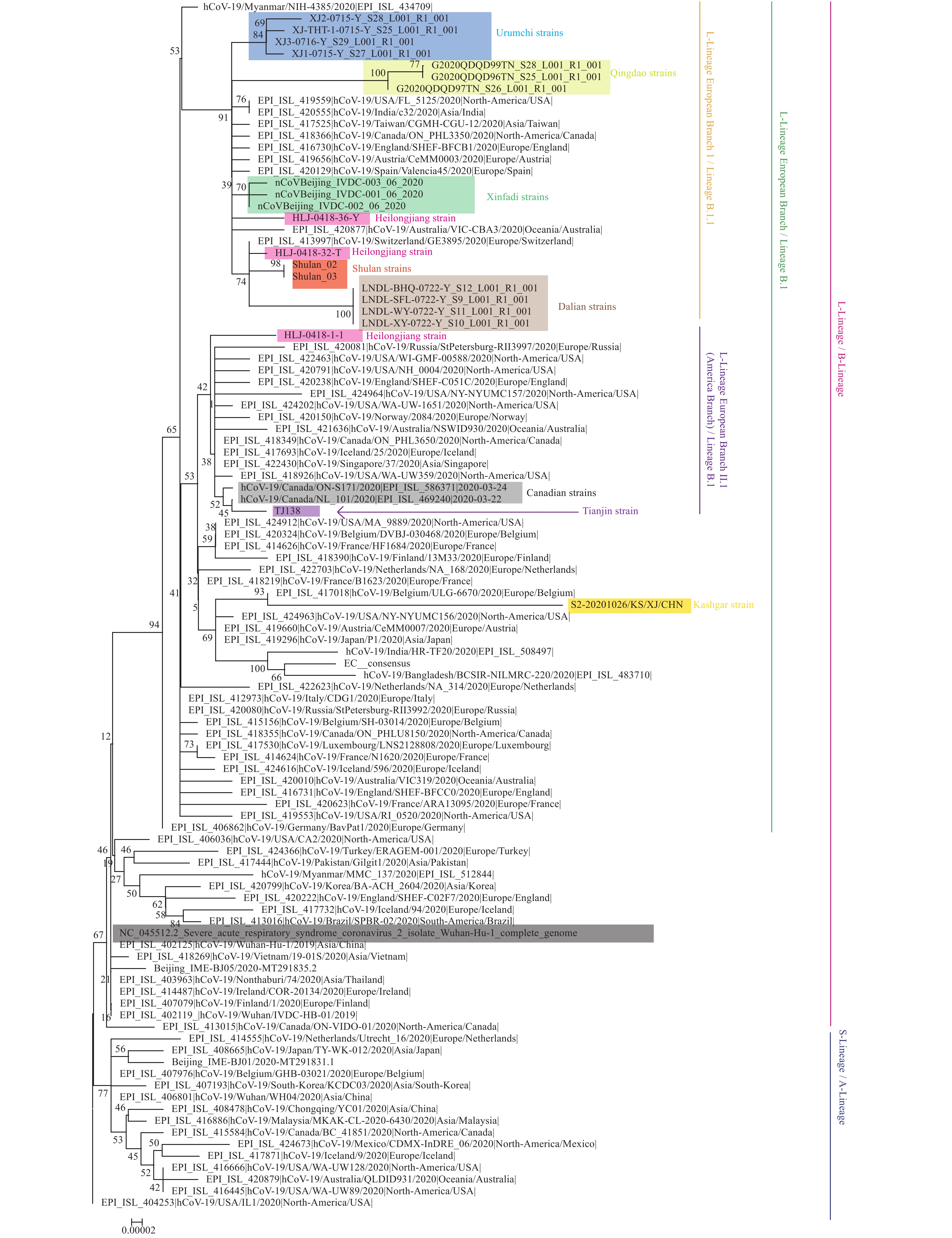2020 Vol. 2, No. 46
What is already known on this topic?
A Latrine Revolution was conducted to promote the coverage of sanitary latrines, and this coverage has shown to increase significantly from 2006 to 2017. Sanitary latrines are an important strategy for reducing disease burdens associated with poor sanitation infrastructure.
What is added by this report?
Mortality of diarrheal diseases attributable to unsafe sanitation decreased from 7,748.05 in 2006 to 2,405.46 in 2017 and was correlated with increased use of sanitary latrines.
What are the implications for public health practice?
The coverage of sanitary latrines in rural areas of China should be further improved through the adjustment of policies and plans and by combining health education and hygiene promotion.
As population aging becomes serious in China, the elderly health problems stand out prominently. Prevention of falls of the elderly has become an important subject in China’s public health.
The prevalence of falls among rural elderly in western China was 9.6%. The highest prevalence was registered among the groups of female, aged 70 and over, or Salar ethnicities, or with visual deficiency and chronic diseases, of which 33.0% fell subjectively due to their poor body balance, and 65.8% fell objectively due to slippery floor or ground obstacles.
Considering the health status of the elderly in the western China and the prevalent fall-related risk factors, health education in respect of falls prevention should be performed. Moreover, the home environment of the elderly should be checked for potential safety hazards and improved if necessary, and medical and health resources should be rationally allocated to target population in order to avoid any reoccurrence of falls injury and thus relieving the burdens upon individuals, families and the society.
Worldwide, tuberculosis (TB) continues to be the most important cause of death from a single infectious agent, and China has a high TB burden. Although the reported incidence of TB in students is lower than that in general population, TB outbreaks in schools have continuously been reported in the past years, suggesting that schools are a high-risk setting for TB transmission.
In total, 31 TB patients were founded in students. Epidemiological linkage among all TB cases could not be determined due to absence of genome sequencing. However, based on the analysis of screening results, the index case was probably the source of transmission.
The preventative measurements should be implemented in schools. Adding TB examinations into entrance examinations and strengthening health education could find TB cases early, and improving ventilation could decrease the risk of TB transmission in schools.



 Subscribe for E-mail Alerts
Subscribe for E-mail Alerts CCDC Weekly RSS Feed
CCDC Weekly RSS Feed